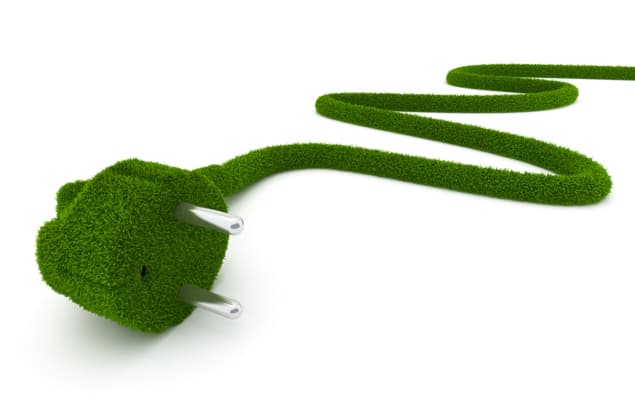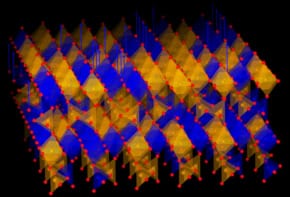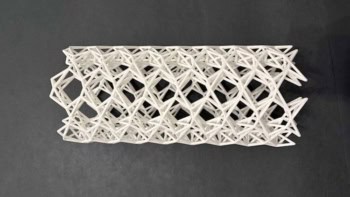
Lithium ion batteries are a useful and powerful energy storage option. Commonly used in products ranging from portable electronics to hybrid and electric cars, these batteries show high overall stability and are low maintenance. Lithium ion batteries also display higher charge storage densities and voltages and consistently out-perform typical lead-acid batteries, as the small lithium-ions can pack densely into the anode material.
To further improve battery performance, researchers Chongyin Yang and Ji Chen with co-workers under the direction of Chunsheng Wang at University of Maryland developed a novel graphite lithium ion battery that utilizes high density helper ion packing and a unique water-in-salt electrolyte to achieve a potential of over 4 volts in aqueous batteries. The aqueous nature of their battery is also an advantage, because as the researchers highlight in their report, the intercalation of the helper ions within a water environment “comes with intrinsic safety and environment insensitivity.”
Ions in close quarters
Graphite, stacked layers of the two-dimensional nanomaterial graphene, excels as a battery anode material, particularly in lithium ion batteries where ion packing directly correlates to battery performance. Graphite has a high capacity of 372 mAhg-1 for lithium ions in between its graphene layers. Polyhalogen ions can also insert themselves into the graphite.
University of Maryland has collaborated with Army Research Lab on water-in-salt electrolyte batteries for several years. As a result Yang and Chen et al. were able to use graphite’s advantages along with helper halide ions to achieve a “densely packed stage-I graphite intercalation compound, C3.5[Br0.5Cl0.5].” Specifically, they designed an electrode containing lithium and the helper halide ions. When exposed to the aqueous electrolyte solution and charged, the halide ions give up electrons and lithium ions travel through the battery to the cathode, a favorable reaction that generates a useful current. The helper halides then intercalate into the graphite. This insertion stabilizes the halogens and makes the entire process energetically favorable.
An excellent battery that goes and goes and goes
This helper halide insertion process is very reversible, meaning the battery can be recharged and used multiple times without a major loss in performance. Yang and Chen et al. measured battery performance over usage to find a typical capacity of 243 mAhg-1 with an average voltage of 4.2 V, and 74% of this capacity was retained over 150 battery cycles, meaning battery performance remained consistent over usage. Impressively, this novel battery displayed an energy density of 460 Whkg-1 at material level. For comparison, lead-acid batteries show energy densities around 40 Whkg-1 and leading lithium ion batteries display values near 350 Whkg-1.
Reversible packing
A key component of this consistency and excellent performance is the reversibility of the helper ion intercalation. By using extensive Raman spectroscopy, Yang and Chen et al. show that the helper halide ions pack into the graphite instead of absorbing onto the outside graphite surface. This allows more ions to intercalate, meaning more lithium ions are free to move across the cell and generate a useful current. Upon charging, lithium ions move back across the cell and recombine with the helper halide ions, as released from the graphite.

Industries join forces to power up electric vehicles
Additional X-ray diffraction and absorption data show optimal close-packing within graphite occurs when the chloride and bromide ions alternate, which was also confirmed using density functional theory calculations. This implies both halide helpers are required to make the lithium ion movement across the battery favorable. Additionally, without the graphite present to stabilize the ions post-electron loss, the halides may gas off.
Yang and Chen et al. hope this novel battery design will eliminate previous flammability issues with lithium ion batteries while also offering “an energy-dense concept for a future battery that is cost-effective, safe, and flexible.”
Full details are reported in: Nature



